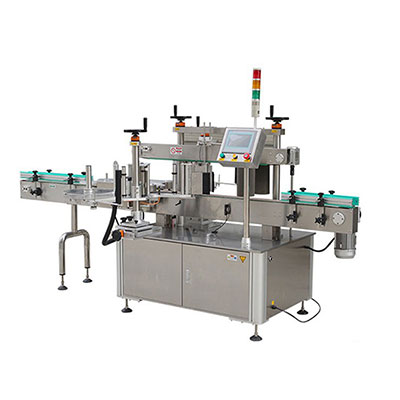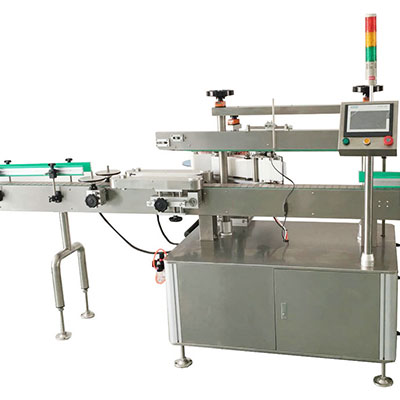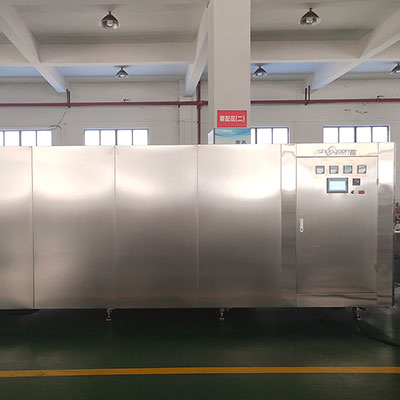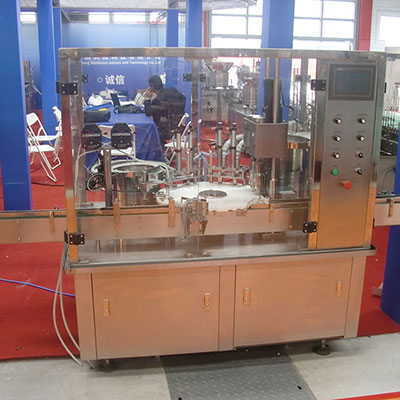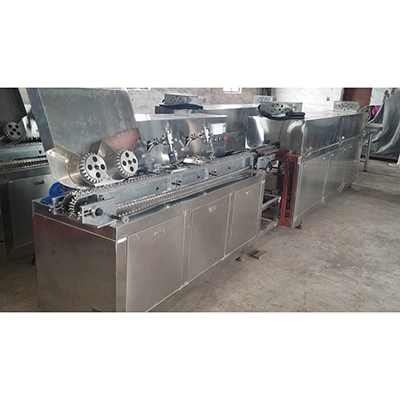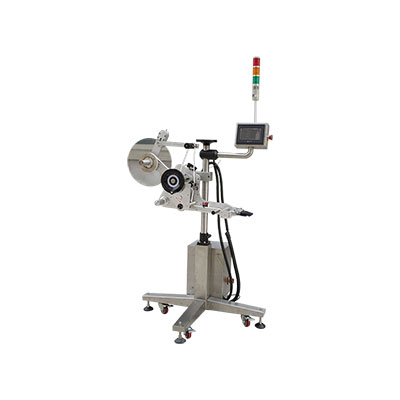Wireless Network and Interconnection Photoelectric Smoke and Heat Detector
Working on AC power source, the HM-620DHWR wireless network and interconnection photoelectric smoke and heat detector is available with both receiving and transmitting modules. After one product is triggered, the interconnection alarm can be formed by the triggered product sending the alarm signal to other products in the interconnection group. Due to the plug-in type terminal block design at the bottom, the wiring is very simple and convenient.
The wireless network and interconnection photoelectric smoke and heat detector reacts to the visible smoke generated by slow smoldering or flame combustion sensitively. Designed with unique structure, it carries out the intelligent processing to the photoelectric signal by using MCU processing technology. The product is also dustproof, immune to the pest and resistant to the light interference. Moreover, the wireless interconnection function of the product makes the product adapt to various installation environment needs, elevating the perception of the user to the alarm signal. Generally, the product is found for fire alarm in the places such as bank, teaching building, office building, hotel, shopping plaza, residential area, factory building, etc.
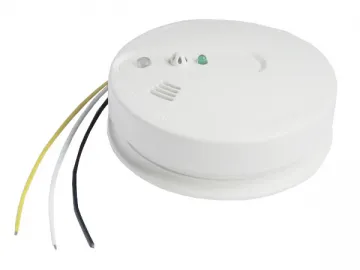
Working Principle Introduction
The principle that the wireless network and interconnection photoelectric smoke and heat detector works on is that the particles in the smoke refracts the infrared light. As to the circuit, there are mainly three parts involving infrared transmitting, receiving and the MCU processing. The transmitting tube and receiving tube are settled in the optical chamber which can let the smoke come in but shield the interference from the external stray light. In the state of no smoke, the product only receives weak infrared light. When there is the existence of smoke, the scattering effect starts to take effect, resulting in strengthened received optical signal.
When the smoke concentration comes to a certain value, and it is analyzed achieving the alarm threshold via the MCU, the product starts to alarm by emitting the harsh alarm sound and the LED indicator flashing. At the same time, it sends out the alarm signal to other interconnected products and alarm host. Within the wireless interconnection range of 200m in open space, if one product is triggered to alarm, the other products would all raise the alarm.
Moreover, after the alarm, the wireless network and interconnection photoelectric smoke and heat detector can connect with the wireless alarm controller. When there is the fire, the product would send the alarm signal to the alarm host. Then, the user can know that situation from the alarm host, and take corresponding coping measures rapidly to minimize the loss.
The product employs the FSK protocol to receive and transmit the signal, allowing for better wireless interconnection distance and higher stability. And the ASK protocol is taken for use between the product and the wireless controller. It is simple and easy to operate.
Technical Specification
| Operating Voltage | AC110V/AC200-240V (9V Backup Battery) |
| Quiescent Current | < 25uA |
| Alarm Current | < 35mA |
| Battery Life | About 1 Year (Lithium Battery) |
| Alarm Indication | Infrared LED Flashing |
| Alarm Sound Pressure | ≥85dB/3m |
| Wireless Receiving and Transmitting Frequency | 433MHz |
| Transmitting Distance | 200m (Open Space) |
| Encoding Mode | 2262/1527/HCS301 |
| Working Temperature | -10℃ ~ 50℃ |
| Relative Humidity | ≤95% RH |
| Overall Dimension | Φ128×38mm |
| Executive Standard | GB4715-2005, EN14604, UL217 |
| Detection Zone | 80m² for General Place Needing Protection When the Space Height is 6m to 12m60m² When the Space Height is below 6m |
Related Names
Photoelectric Smoke and Heat Detector | Rate Compensated Heat Detector | Wireless Heat Alarm | Hardwired Fire Sensor
Links:https://www.globefindpro.com/products/82018.html
-
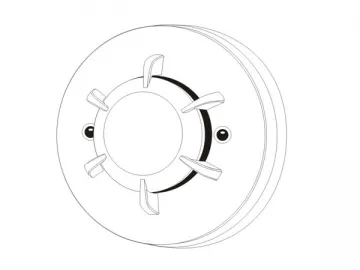 46mm 2-Wire Network Photoelectric Smoke Detector
46mm 2-Wire Network Photoelectric Smoke Detector
-
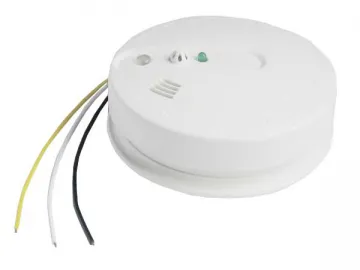 Wireless Network Photoelectric Smoke and Heat Detector (AC Power Supply)
Wireless Network Photoelectric Smoke and Heat Detector (AC Power Supply)
-
 HM-701D Combustible Gas and Carbon Monoxide Detector
HM-701D Combustible Gas and Carbon Monoxide Detector
-
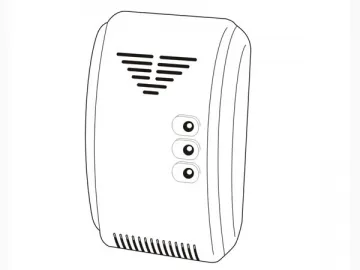 Semiconductor Carbon Monoxide Detector
Semiconductor Carbon Monoxide Detector
-
 Independent Carbon Monoxide Detector
Independent Carbon Monoxide Detector
-
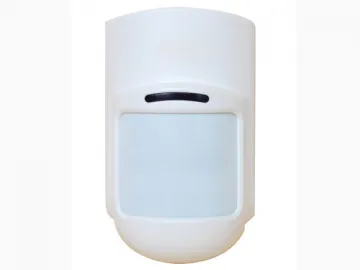 HM-801C Wired Curtain PIR Detector
HM-801C Wired Curtain PIR Detector
-
 HM-712D Combustible Gas and Carbon Monoxide Detector with LCD Display
HM-712D Combustible Gas and Carbon Monoxide Detector with LCD Display
-
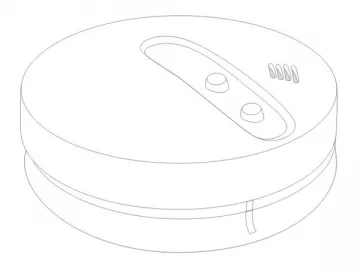 Wireless Photoelectric Smoke Detector (AC Power Supply)
Wireless Photoelectric Smoke Detector (AC Power Supply)
-
 16 Zones Wired Fire Alarm Control Panel
16 Zones Wired Fire Alarm Control Panel
-
 Wired Interconnected Smoke Detector (9V Battery)
Wired Interconnected Smoke Detector (9V Battery)
-
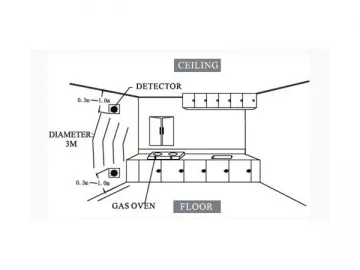 Combustible Gas Detector
Combustible Gas Detector
-
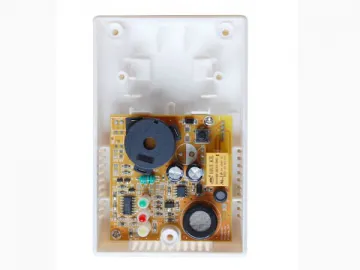 Auto-check Combustible Gas Detector
Auto-check Combustible Gas Detector


